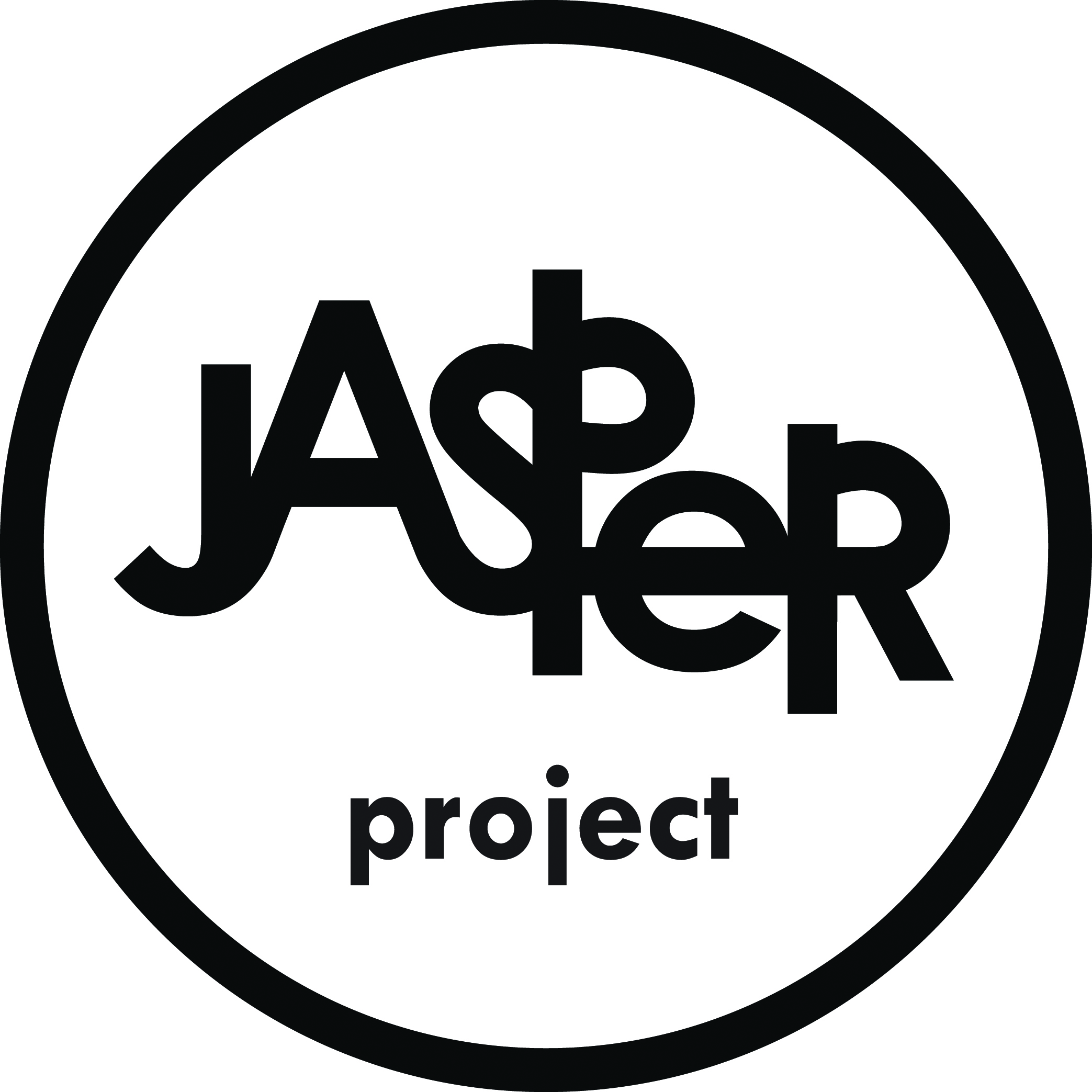
Nikky Finney’s Rice, originally published in 1995 but available in a new edition from TriQuarterly Books, is literature performing the functions of oral culture: the transmission of stories, legends, warnings, and a sense of history and community. Finney’s topics are the lives and experiences of Black folks in coastal South Carolina, and Rice presents us with speakers from different eras, consistently giving a sense of a living voice, often speaking out of the past, but always with the urgency of the present. Some things are remembered for inspiration and strength, and others as cautions, as with the tale of a white doctor who drunkenly births a child with disastrous results in “The Afterbirth, 1931”:
And because he came with his papers in his pocket
so convincing
so soon
after his Ivy graduation
asking us hadn’t we heard
telling us times had changed
and the midwife wasn’t safe anymore
even though we had all been caught
by tried and true Black grannies
who lay ax blade sharp side up
and placed the water pan underneath the bed
The poem’s ache is especially poignant because of the promise, represented by the doctor’s race and education, that this birth would be a step forward for the family, a hope that turns out to be naive: too much faith a white stranger’s accreditations, not enough trust in their own practices and perceptions:
We should’ve let Grandpop
loose on him from the start
and he would’ve held him up
higheye to the sun
and looked straight through him
just like he held us up
and then he would have known first
like he always knew first
and brought to us
the very map of his heart
then we would have known
just what his intentions were
with our Carlene
It’s a hard-earned lesson, like much of what is contained in Rice, and Finney is determined to see that it isn’t forgotten. That poem and others in the book emphasize the combined knowledge of its characters, keenly aware of the role a community plays in sustaining its members. Establishing such a community is one function
Finney finds for poetry in Rice, and this feature of the book goes hand in hand with her skill in crafting language that feels authentic and spoken. Poetry must serve this function, Finney’s book suggests, because Hollywood is unwilling or unable to:
Why can’t a story sell
less somebody kill molest mutilate me
or make my BabyDarling buffoon fall through a roof
she asks in “Pluck,” a poem that takes aim at narratives that present Black characters either as one-dimensional buffoons, or that reduce the horrors of slavery to melodrama and tawdry romance:
Slavery was no opera
soaped or staged
was no historical moment
when African women conceived children
out of love for white men
The desire for representations of Blacks is strong, Finney acknowledges, but cautions against accepting portrayals that deny people their dignity, complexity, intelligence, or anger:
Sometimes when they know we are starving
they will throw stale bread
but don’t eat right then
hold out turn away
refuse and reach for your heart your liver your lungs
This is the bad bread that Rice is offered as nourishing alternative to, the title crop coming to stand for the knowledge and skill of those that produced it. As a counter to popular media’s oversights, Rice offers accounts of real people, like FX Walker II, a mapmaker whose craft suggests a parallel to the poet’s, or Finney’s own grandfather, Ernest A. Finney Jr., first Black chief justice of the state of South Carolina, characterized in “He Never Had It Made” by his faith in hard work and the law:
He is the Justice Man
and from waiting tables as a young lawyer
for the white and the privileged
to this day here he has always believed
back then as a boy with only a road
up here as a man who never looks back
The law works Girl
While Rice is a deeply personal book, as the family photographs accompanying the poems make clear, it also situates the personal within a larger history, reminding us that personal history is already social, and that history is personal. If no one will testify to the sufferings and triumphs of real people, then those experience and their lessons may be erased. “Daguerre of Negras” speaks explicitly to these concerns, noting that “They will ask for your evidence / Might you have a photo?”:
They will tell you it never happened
Cause proof must be in a tin plate
And where pray tell is yours
In these poems, bodies themselves are stamped with history. “Making Foots,” which documents the mutilation of Black feet by fire, blunt force, blades, and disregard, concludes:
If your Black foot
ever wakes you up
in the night
wanting to talk about something
aching there
under the cover
out loud
for no apparent
reason
There is reason
But while it’s a reminder of past injustices, and an acknowledgement that they continue in different forms, Rice is also a celebration of the community it evokes. What must be remembered are not only the indignities suffered in the past, but the dignity of those who suffered them. In his foreword, Kwame Dawes writes “What a poet like yourself does is to reinstate the concept of the poet as a griot—as priest, not void of subjectivity and a private self but able to contain the voices of the community—virtually empowered with the gift to develop a soul for the people” (x). Here, the many voices in Finney’s poems insist, I will tell my own story. And each voice is like the one in “A Woman with Keys”:
I am a woman with keys
Unlocking all the buildings
That now belong
To me
Finney has unlocked history for her speakers. Now they occupy history’s rooms, ready for their stories to be heard
-- Jonathan Butler












